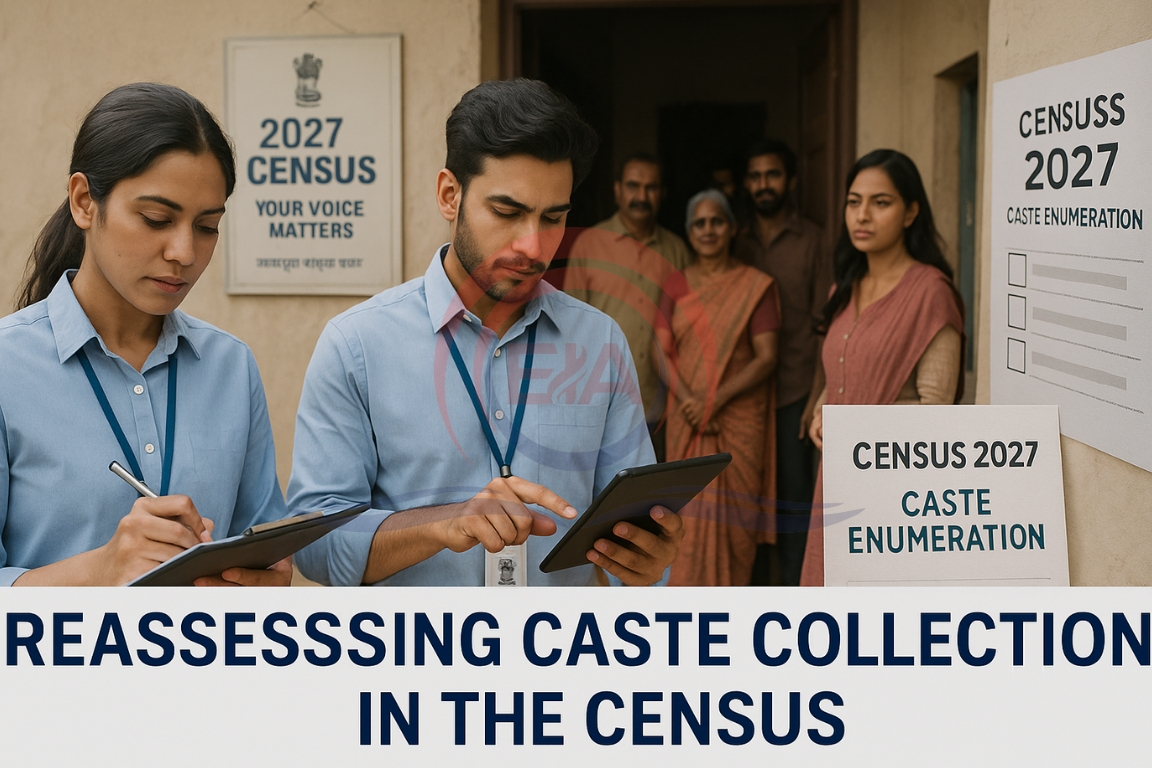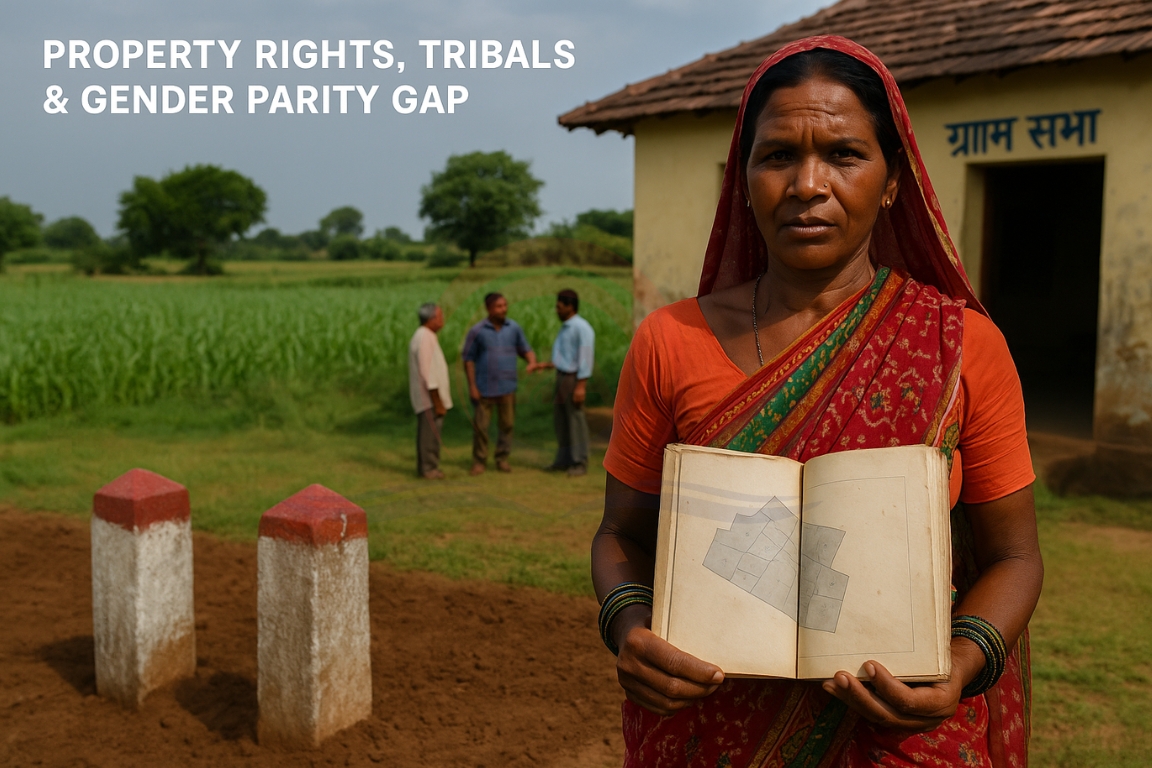The Union Government has announced that the next Census will take place in 2027 and will include caste details. This has triggered discussions on whether the current Census format needs changes to make the data more useful for addressing inequality.
How the Census is Conducted
- Phase 1: House Listing (2026): Records details of houses and basic amenities.
- Phase 2: Population Enumeration (2027): Collects socio-economic details and is the phase where caste will be recorded.
Why Include Caste in the Census?
- The government states that caste data will help in identifying socially and economically disadvantaged communities.
- The goal is to ensure fair inclusion in policy-making, welfare schemes, and development planning.

Concerns with the Current Approach
- The 2021 draft only included Scheduled Castes, not all castes.
- Data on jobs, education, age at marriage, and housing quality could help analyse caste-based disparities, but linking these is difficult under the current two-phase system.
- Unemployment data is vague due to poor question design (e.g. unclear duration for being “seeking work”).
- Birth and child survival data are of poor quality and better captured through health surveys.
- Migration data is often incomplete or under-reported.
Recommended Reforms
- Shift housing and asset-related questions from the first to the second phase so they can be directly linked to individuals and their caste.
- Improve coverage in urban areas, where omission rates are high, by focusing more on listing accuracy during house-listing.
- Drop outdated questions (like mobile phone ownership, access to banking) to simplify the questionnaire and reduce burden on enumerators.
- Enhance linkage between questions to identify how caste affects living standards, literacy, and employment.
Way Forward
- A revised Census structure can help measure real disparities across castes.
- Reliable data is vital to shape inclusive policies beyond just reservation decisions.
- With better design, the Census can move beyond numbers to real socio-economic insights.
WHAT IS A CENSUS?
A complete count of the population and their characteristics. Conducted to collect data on demographics, socio-economic status, and housing. Helps the government plan, allocate resources, and design policies.
Constitutional & Legal Basis
- Census Act, 1948: Mandates decennial Census under Ministry of Statistics and Programme Implementation (MoSPI).
- Article 341: Uses Census data to notify Scheduled Castes; similar provisions for Scheduled Tribes (Article 342)
Historical Timeline
- 1872: First census exercise (British India) – headcount only, not decennial.
- 1881: First synchronous, systematic census across all of British India; began the decennial tradition.
- 1941–51: Census paused in 1941–47 due to World War II and partition; resumed in 1951.
- Since 1951: Census conducted every ten years without interruption.
- 2021 Census: Deferred by pandemic; next Census scheduled for 2027, with caste enumeration included.
Conclusion:
To make caste enumeration meaningful, the Census process must be updated to ensure reliable and usable data. This would support informed policy decisions aimed at uplifting the most marginalised.





